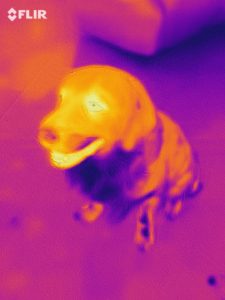
Home Energy Audit Checklist
- Heating System:
- Check for proper insulation in walls and attic.
- Inspect heating ducts for leaks and seal them with duct tape or mastic sealant.
- Replace air filters regularly.
- Consider upgrading to a more energy-efficient furnace or heat pump if yours is old or inefficient.
- Install a programmable thermostat to regulate heating usage.
- Cooling System:
- Check for proper insulation in walls and attic to prevent heat gain.
- Seal air leaks around doors and windows with weatherstripping.
- Ensure that air conditioning ducts are well-insulated and free from leaks.
- Clean or replace air filters regularly.
- Consider upgrading to a more energy-efficient air conditioning unit or heat pump if yours is outdated.
- Use ceiling fans to improve air circulation and reduce the need for air conditioning.
- Water Heater:
- Set the water heater temperature to 120°F (49°C) to save energy.
- Insulate hot water pipes to prevent heat loss.
- Consider installing a timer or on-demand hot water re-circulation pump to reduce energy usage.
- Drain the water heater tank annually to remove sediment buildup.
- Appliances and Electronics:
- Choose ENERGY STAR-rated appliances and electronics when purchasing new ones.
- Unplug electronics and appliances when not in use or use power strips to easily switch them off.
- Clean refrigerator coils regularly to improve efficiency.
- Set refrigerator and freezer temperatures to the manufacturer’s recommended settings.
- Use a microwave or toaster oven for small cooking tasks instead of the oven.
- Lighting:
- Replace incandescent bulbs with energy-efficient LED or CFL bulbs.
- Use dimmer switches or motion sensors to control lighting usage.
- Make the most of natural light by opening curtains or blinds during the day.
- Turn off lights when leaving a room.
- Windows and Doors:
- Check for air leaks around windows and doors and seal them with weatherstripping or caulk.
- Consider upgrading to energy-efficient windows with double or triple panes and low-emissivity coatings.
- Install storm windows or use window film to improve insulation.
- Insulation:
- Check insulation levels in walls, floors, and attic and add more if necessary.
- Seal gaps and cracks in walls and floors to prevent air leakage.
- Consider using eco-friendly insulation materials such as recycled denim or cellulose.
- Ventilation:
- Ensure that bathroom and kitchen exhaust fans are vented to the outside.
- Clean exhaust fan grilles regularly to maintain efficiency.
- Consider installing a whole-house ventilation system for better indoor air quality.
- Renewable Energy:
- Explore options for solar panels, wind turbines, or geothermal systems to generate renewable energy on-site.
- Check for available incentives or rebates for installing renewable energy systems.
- General Maintenance:
- Regularly inspect and maintain HVAC systems, including cleaning or replacing filters, and scheduling professional tune-ups.
- Clean gutters and downspouts to prevent water damage and mold growth.
- Seal cracks and gaps in the foundation, walls, and roof to prevent drafts and moisture infiltration.
By conducting a thorough home energy audit using this checklist, you can identify areas where improvements can be made to enhance energy efficiency, reduce utility bills, and create a more comfortable and sustainable home environment.



